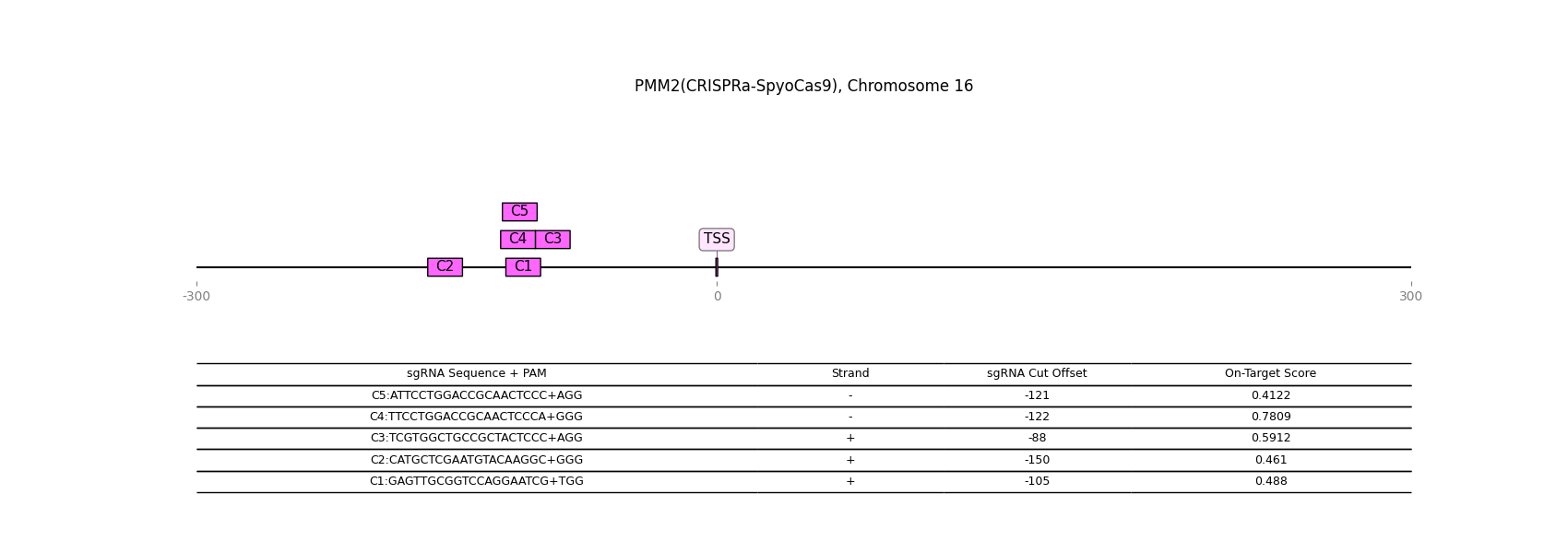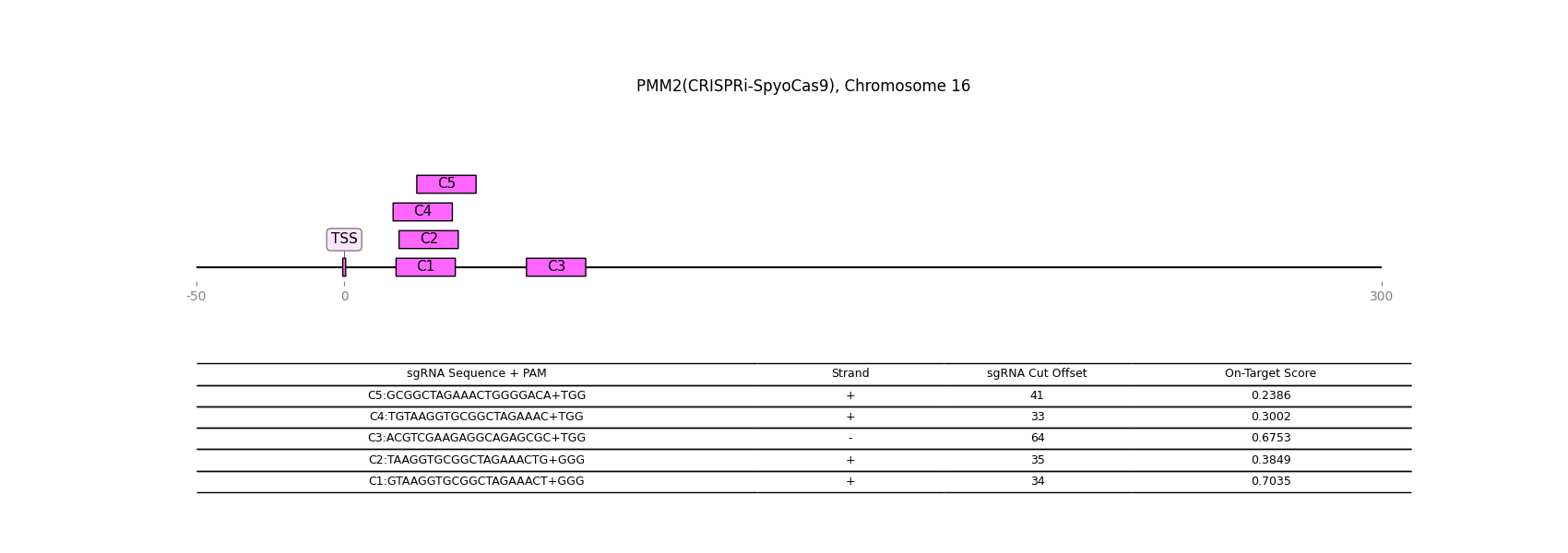Gene Details: PMM2
1 / 2
General Information
Gene Name: PMM2 (Phosphomannomutase 2)
Synonym:
Short Names: PMM 2;
Alternative Names:
Notes:
- Phosphomannomutase 1 transfers a phosphate group from the 1 carbon to the 6 carbon on mannose 1 phosphate.
- PMM1 and 2 share 65% homology.
- PMM2 deficiency is recognized as a congenital disease of glycosylation. The lack of available phosphorylated mannose decreases due to the lack of activity and causes underglycosylation. The disease causes a wide array of deformities and metabolic disorders.
Description from Dr.Glyco-GPT:
Warning: LLMs can generate factually incorrect information, as they simply predict the next word based on training data. Always verify LLM output by cross-checking with reliable sources!
Catalytic Activity

Reaction and Disease Links
EC # (IUBMB):
5.4.2.8
Brenda:
5.4.2.8
KEGG: 5373
Rhea:
11140
Transcript levels (Cell lines and Single cell data) URL
CRISPR-knockout

CRISPR-activation

CRISPR-inactivation

Transcription factor-gene relationship (details at glycoTF page)
Top 10 TFs
| TF | Score |
|---|---|
| TCF25 | 0.749777 |
| UBE2I | 0.724135 |
| SON | 0.723345 |
| RBM39 | 0.717051 |
| HNRNPK | 0.707393 |
| YY1 | 0.707248 |
| RBM25 | 0.705626 |
| HNRNPH1 | 0.702609 |
| XRCC5 | 0.702040 |
| SRSF3 | 0.699492 |
Licensing: CC BY 4.0. You are fee to copy, redistribute, remix, transform and build upon all material, except for textbook figures from the Essentials.